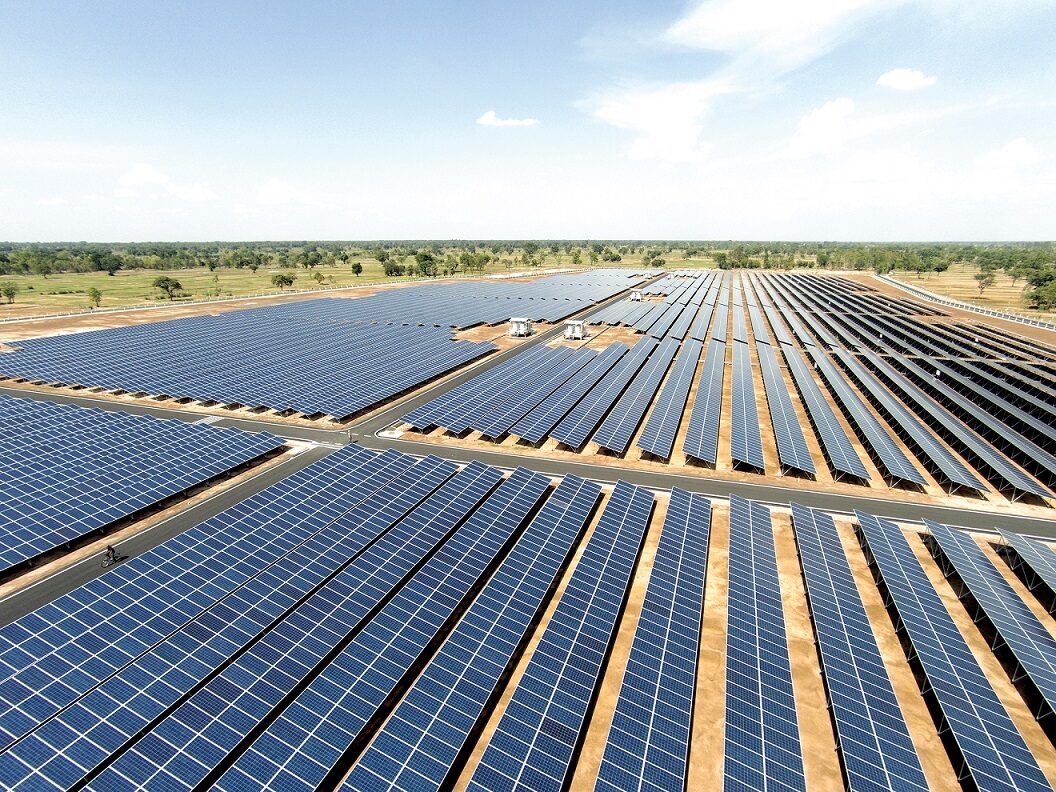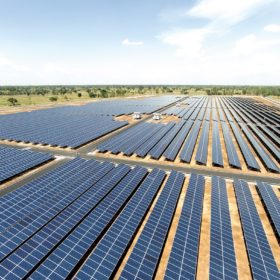From pv magazine Global
Over the coming decade, the global solar market is in line for 138% growth, from 395 GW at the end of 2017 to 942 GW at the end of 2027, shows a new outlook produced by Fitch Solutions Macro Research – a unit of Fitch Group.
Despite Beijing’s reductions to its PV feed-in tariffs and capacity allowances, China will continue to dominate the global solar market, adding 227 GW over the coming decade.
However, Fitch notes that the Chinese policy change has led it to revise down its original forecast for solar capacity growth in China from a total of 270 GW between 2017 and 2027, to 227 GW – the figure that will take total solar power capacity in China to 357 GW by 2027.
This means that while solar subsidy cuts in the market will result in a YoY slowdown relative to the record year of 2017, when a total of 53 GW of solar capacity was added, China will add an average 23 GW per year between 2018 and 2027.
China has already sailed past its 2020 target of 105 GW of cumulative installed PV capacity, and is now reported to consider revising its target upwards to 210-270 GW.
If raised to 210 GW, the target will leave room for just 20-25 GW per year from next year to 2020, which aligns with Fitch’s forecast. However, according to PV Info Link analysts, such a target would not give much of a lift to local demand.
Overall, Asian will dominate solar power sector expansion over the coming decade: it is forecast to comprise 60% of global solar capacity in 2027, led by China and India. According to the latest statistics, India installed 4.9 GW of solar, surpassing the United States, which installed 4.7 GW, to become the second largest solar market in the first half of 2018, second only to China’s 24.3 GW.
Japan, Taiwan and South Korea are also set to be among the top 10 fastest expanding solar markets globally over the 10-year forecast period, Fitch says.
Although some of the lowest solar power capacity bids registered to date have been submitted in the Middle East, such as a new record low of $0.024/kWh seen in Dubai this week, Fitch underlines that the Middle East will remain one of the smallest regional solar power markets in the world, as it is primarily focused more on leveraging abundant natural gas reserves than deploying renewables capacity.
Chinese demand slowdown = pressure on equipment manufacturers
A slowdown in solar growth in China, coupled with solar equipment import tariffs on Chinese exports to the United States and India, will squeeze Chinese solar equipment manufacturers.
Fitch believes this will have substantial ramifications for the global solar power market, as Chinese solar manufacturers face reduced demand for PV panels, which will come on top of the existing oversupply as a result of the introduction of tariffs in the United States.
India’s 25% safeguard duty is expected to add fuel to the fire, shrinking the excess to China’s largest solar panel export market in 2017. Meanwhile, increasing project costs will threaten the viability of several of India’s record-breaking auctioned solar projects and put India’s solar growth under pressure – particularly in the near term, says Fitch.
The recently announced statistics from China’s Photovoltaic Industry Association for the first nine months of the year showed a distinct difference in trading conditions before and after the May 31 policy change, with a drastic drop in prices and output decrease across all market segments.
New horizons
On the bright side, the resulting oversupply in solar panels will help suppress solar panel prices in alternative solar power markets, boosting solar capacity uptake. According to Fitch, the glut in solar panels will make it possible for developing and emerging solar markets to tap into cheaper solar.
Consequently, it expects that a total of 63 markets will add more than 100 MW of solar capacity over the coming decade.
By Marija Maisch
This content is protected by copyright and may not be reused. If you want to cooperate with us and would like to reuse some of our content, please contact: editors@pv-magazine.com.








By submitting this form you agree to pv magazine using your data for the purposes of publishing your comment.
Your personal data will only be disclosed or otherwise transmitted to third parties for the purposes of spam filtering or if this is necessary for technical maintenance of the website. Any other transfer to third parties will not take place unless this is justified on the basis of applicable data protection regulations or if pv magazine is legally obliged to do so.
You may revoke this consent at any time with effect for the future, in which case your personal data will be deleted immediately. Otherwise, your data will be deleted if pv magazine has processed your request or the purpose of data storage is fulfilled.
Further information on data privacy can be found in our Data Protection Policy.